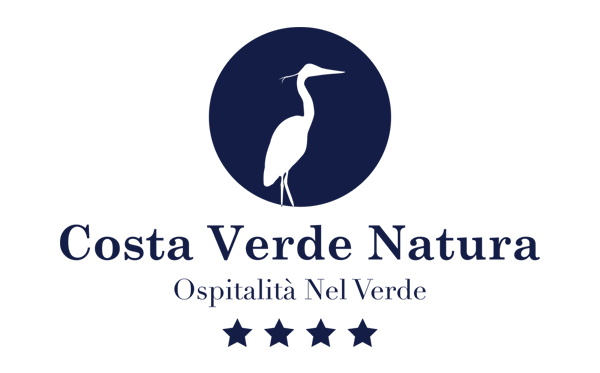A STRATEGIC LOCATION
The surroundings
We are in a unique and pleasant setting, between a lake, hills and mountains. Our residence is an ideal base to explore an area that is still full of surprises: natural oases, ancient fishermen villages, and artistic masterpieces. Here are some ideas for your explorations, and our staff will always be available to provide help, information, and reports.
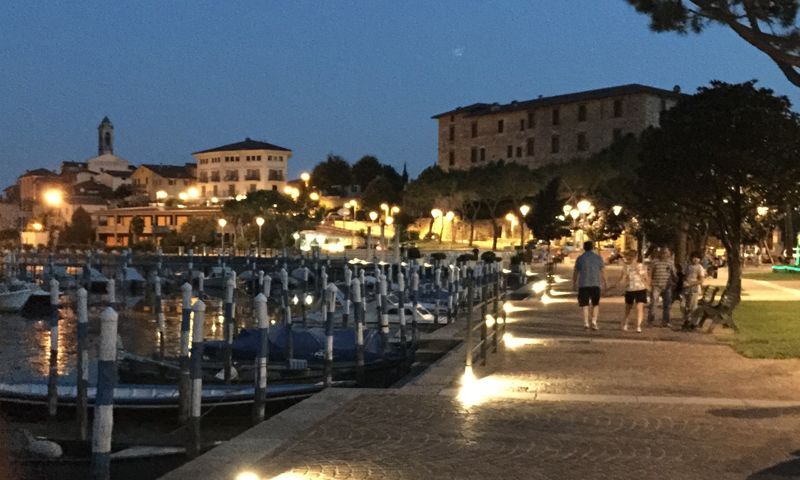
Lovely places to explore
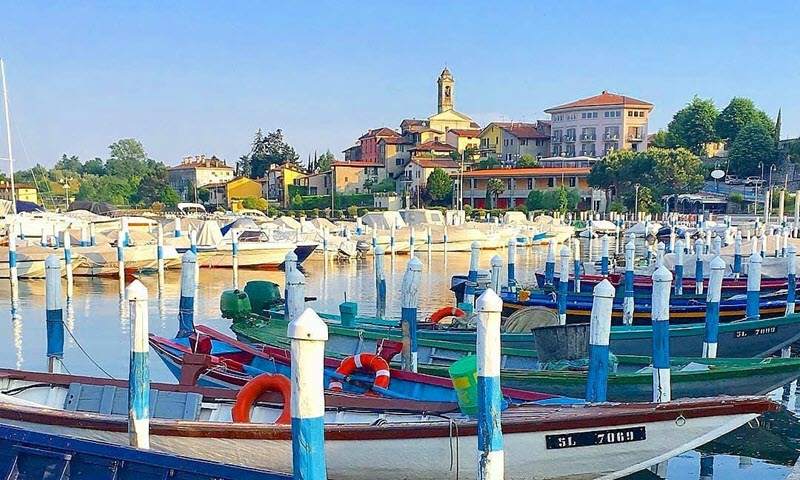
The first “hint of civilization” once you leave your house in the green is Clusane, a hamlet of Iseo and ancient village that leads to the lake through narrow streets and intimate squares, where the fifteenth-century Carmagnola Castle stands, recently restored and can be visited by appointment. The village is best known for its main dish: baked tench with polenta; it is so popular that a week in July is dedicated to it and involves all the restaurants in the area. Fun fact: on the lakefront sits the pot that fishermen once used to dye their nets with chestnut skins, now resting as a monument to the bond between man and lake.
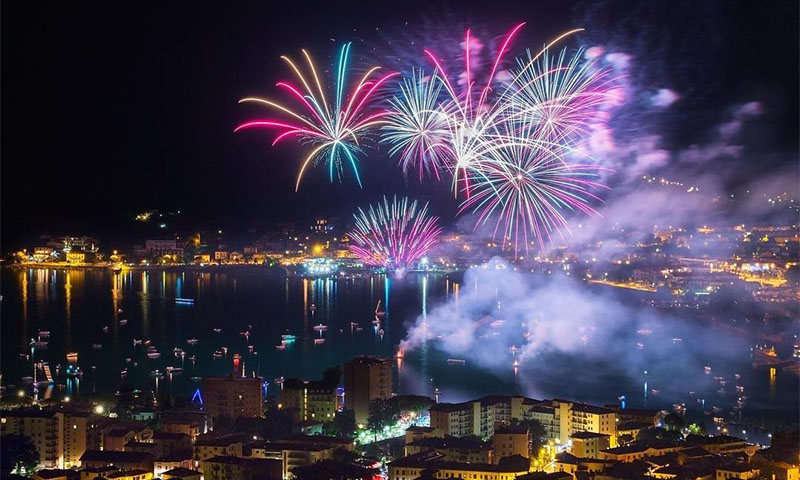
Sarnico is a charming little town built where the waters of Lake Iseo flow out into the River Oglio towards the plain.
Piazza XX Settembre, the square next to the iron bridge which connects Sarnico and Paratico, is a good place to start your visit. It is here the River Oglio starts its journey towards the River Po. Walking along the lake front you can see the movable dam that was built in 1933 to regulate the lake waters, while in the opposite direction you can admire Villa Passeri (1907) in perfect art nouveau style.
Walk along Via Parigi up to the medieval tower (12th century), now known as the torretta civica (the civic turret), where art exhibitions are regularly held. If you go a little further along via Besenzoni as far as the Contrada della Chiesa on your right, the parish church of S. Martino di Tours (18th century) comes into view. To the right of the church there is the S. Rocco recreation centre (18th century) and from the parvis of the church you can see the façade of the nursery school beyond the tree-lined avenue.
The 15th-century torre dell’orologio (clock-tower) in piazzetta Freti has a base made of stones taken from the ruins of the 12th-century castle built to defend the bridge connecting Sarnico to the Brescian side of the lake. The nearby chiesa di S.Paolo (St. Paul’s church), which was formerly the parish church, has some 15th and 16th- century frescoes and a stone tablet to commemorate its foundation in 1423. It’s a popular choice for weddings.
As you walk along via S. Paolo, you come across the fine doorway of the Museo Civico “Gianni Bellini” (the Civic Museum) in Palazzo Gervasoni (15th century) which was once a convent.
In the art gallery you can see devotional and primitive paintings, works of art from the Lombard, Venetian and Bergamo schools of painting and from central Italy.
Going back down via S. Paolo, you come across the antica via Lantieri with its characteristic shops. From here you can walk down to the lake, where you turn right to return to piazza XX Settembre, or left for a walk along the lake front.
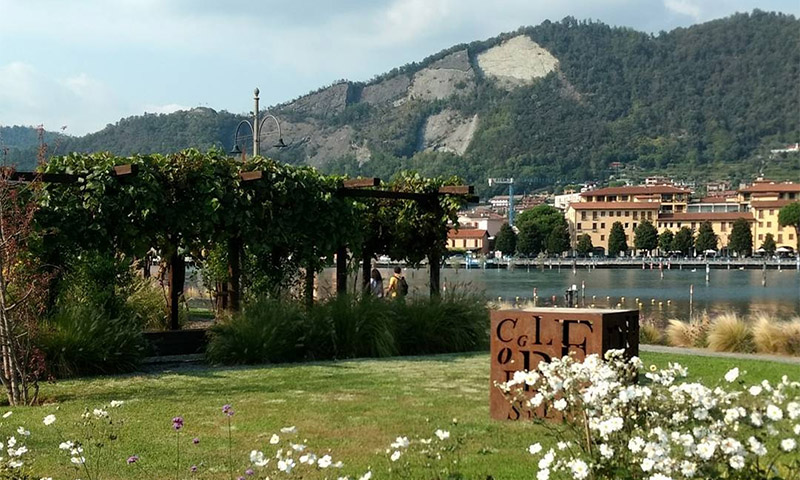
The visit of Paratico can begin by going along the ancient royal road (current via Cavour): the itinerary borders on the castle hill, the Lantieri tower (XIV century) to reach the square where the road goes up the hill with a wide view on the Lantieri castle and on ancient houses of the district below. From the top of the municipal hill, near the Town Hall , you can go down to Rivatica or head along the ridge with views of the lower lake, towards the church of Santa Maria Assunta. Then you can walk towards the ancient church of San Pietro. In Rivatica you have to visit of the iron bridge, the nineteenth-century style station with Liberty features , the Oselanda (Uccellanda) of neo-gothic architecture and the piers made with stone slabs, used as a place of exchange between the barges and trains used to transport of Lovere steel products. Since 2010, the area has been used as a naturalistic park called “Park of Dancing Herbs“, where you can see traces of industrial archeology, the landscape of the lake and a particular vegetation designed to give the visitor unforgettable sensations.
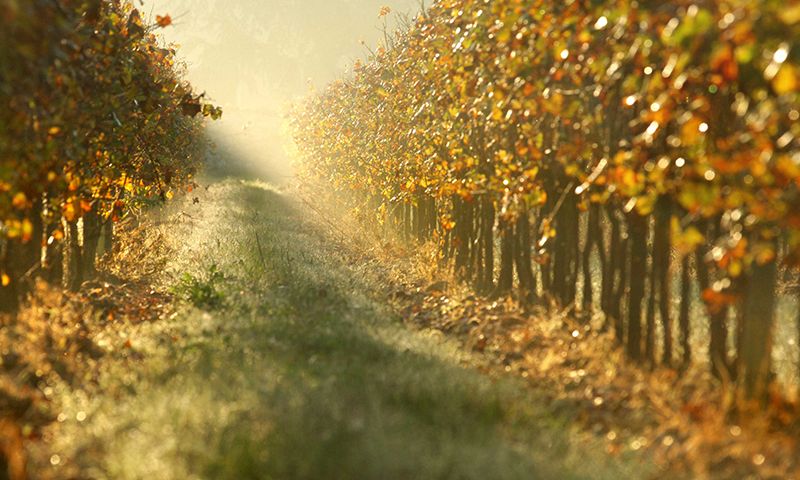
Behind the lake, announced by the wild and untamed beauty of the peat bogs, is the ordered and composed beauty of the famous Franciacorta. A name with a strong historical value, whose origins and meanings are still discussed today: Small France or (much more likely) tax-free zone? What is certain is that, in covering the hills with the finest vineyards, man has gifted the world with a unique area, not only for the high level of its wines – and in particular Sparkling wines able to compete with Champagne – but also for its elegant charm. Two aspects that can’t be ignored and are above all complementary, because when nature is particularly happy and generous, it certainly contributes to the success of its wines, nature that for once man has been able to exploit to the fullest. Studded with ancient villages, abbeys, fortresses, noble residences, farmhouses, and wineries, Franciacorta is wonderful to explore by bicycle, perhaps making use of a guided tour with stops for wine and quality food shopping. Gently traveling up and down, you can savor, buy and pick up items at your destination. If you prefer to ride independently, go where your legs lead you, but don’t forget to stop in Rodengo Saiano with its beautiful Olivetan abbey, in Ome with its ancient Maglio Averoldi and spas, in Monticelli Brusati with its Sanctuary of our Lady of the Rose and the spectacular waterfall trail.
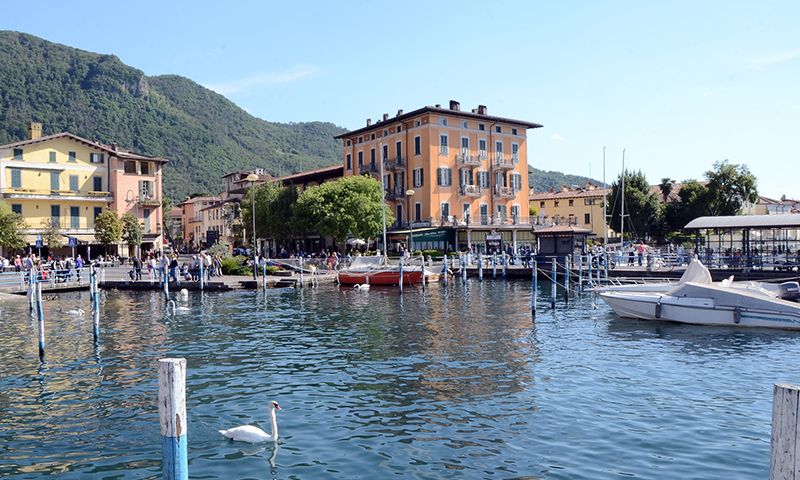
It is the undisputed “capital ” of the lake, from which comes also its name. It is a beautiful town that combines the silence of the ancient village with a medieval layout, offers nightlife at the lakeside pubs. The true city is hidden behind the main streets, is a haven of designer shopping that weaves among many ancient silent streets. Just wandering through the meandering paths, you can first glance the Parish of St. Andrew, a splendid example of Romanesque architecture overlooking a small cobbled square that preserves an important fresco of Hayez. Not far away, the Church of the Disciplines, with a valuable Danse Macabre of 1485. Another must-see of the ancient history of Iseo is Oldofredi Castle, with the Museum of the Two Wars. A sweet walkway leads to the historic center and the Sanctuary of Our Lady of the Snows, almost hidden among the houses, although in a beautiful, elevated position. As you walk, keep your head up high: there are many restored historical buildings that exalt ancient arches, fragments of frescoes, decorations, etc. Don’t miss the Arsenal, once used as a prison and now a museum. Iseo is also an important port, where you can catch several ferries to cross the lake by boat.
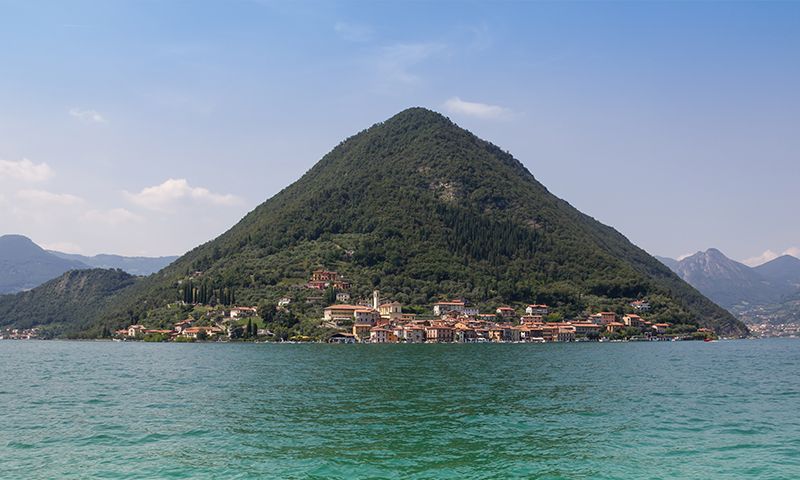
The smallest (but no less fascinating) of the great lakes of Lombardy conquers with Montisola, the undisputed Queen of the Lake and the biggest inhabited lake island in Europe, with a perimeter of almost 10 km. Rightly included in the list of the most beautiful villages in Italy, it not only physically dominates the dock and is its main attraction, equally used for tourism and its traditional purpose. Here, in the small villages that dot the huge mountain, next to bars and seafood restaurants, the same traditions are carried out: fishing, boat building, net production (not just for fishing, many netsmade here are used in the goals of most football fields). The island, that on its steep and still wild shores hides other surprise-villages (many hamlets of the unique municipality of Monte Isola), is pedestrianized, with the exception of mopeds used by the inhabitants, some rare auto service and the shuttle bus. So explore it by foot, going up along the road or along the trails in the shade of the woods to the Sanctuary of Our Lady of Ceriola, well-kept for centuries on the top of the mountain and guardian of a breath-taking view of the lake, the “sentinel islands” Loreto and San Paolo and Brescia and Bergamo shores. Along the way you’ll discover Siviano tower, Casa Morosini (ancient complex of stone houses) in the hamlet of Novale, the Martinengo and Ziliani palaces and Novali House in Carzano, Rocca Martinengo above Sensole, Palazzo Zirotti in Menzino… Typical and refined dishes of the island are hand-produced salami, slightly smoked in local cellars, sardines dried in the sun and the all the lake’s fish (perch, chub, whitefish, bleak, char, pike, etc.) cooked according to traditional recipes. Do not forget the green gold of Montisola: high quality DOP extra virgin olive oil.

If the Brescia side of Lake Iseo stops where we are, in Clusane, it is in Pisogne that it begins, where Oglio River flows into the lake. The town, a connection between mountains and lake, has always been a crucial center for commerce and communication and consequently the scene of attacks and clashes. Its history is quite animated with the tale of the eight witches burnt at the stake in 1518. Ancient evidence and ruins abound at the historic center, well restored and dominated by the medieval Bishop’s Tower. A focal point of the historical and artistic heritage is certainly the church of Santa Maria della Neve, on the outskirts of the village, fully and beautifully decorated with frescoes by Romanino. From Pisogne, you can choose to continue along the lake to reach Bergamo shore or instead go on to enter Vallecamonica.
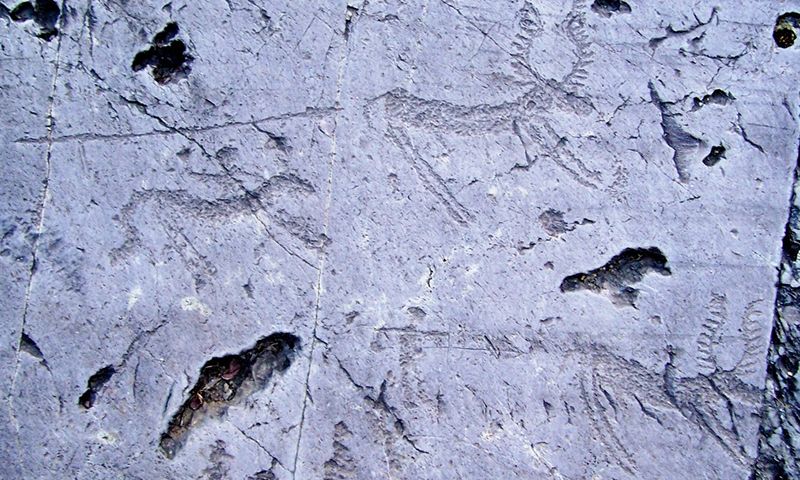
In just one day it is really impossible to see the entire valley that reaches as far as the Passo del Tonale, on the border with Trentino. Passed through by the Oglio River, Vallecamonica has varied landscapes, from those that are still lacustrine to the pre-alpine and finally alpine ones. With its many side valleys, it offers an infinity of ideas for trips and excursions. But if you can’t enjoy many “expeditions” in the valley, your essential destination must be the rock carvings – declared Unesco World Heritage –that abound in Vallecamonica, in an extraordinary book with pages made of smooth stone that tells the early history of this valley and its ancient inhabitants, the Camuni. Among other attractions, there are many castles, including those of Breno and Gorzone, the fascinating “Pyramids of Zone”, Archeopark for a prehistoric adventure for the whole family, the ancient hammers and the mill in Bienno, the Roman remains of Cividate Camuno, the thermal baths of Boario and Angolo, other traces of Romanino in Breno and Bienno, the Via Crucis of Cerveno with Simoni wooden statues, courtyards and narrow streets of the fortified town of Bienno, another one of the most beautiful villages of Italy.
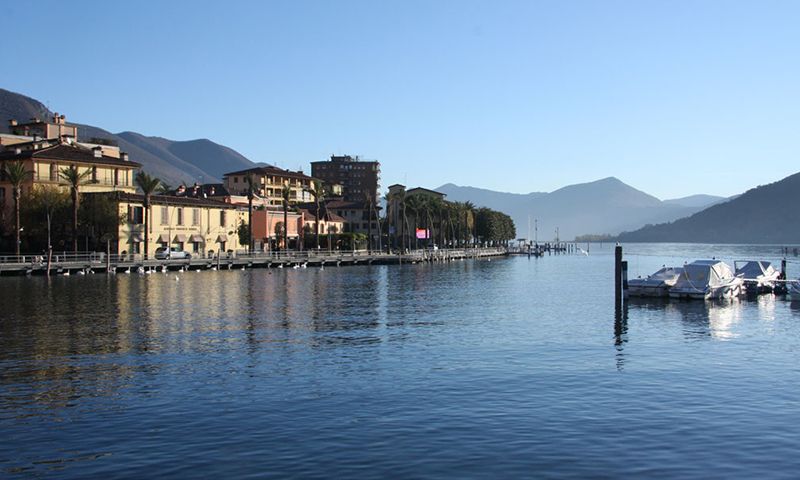
Essential destination for a tour of the orobic shoreline of the lake is certainly the town of Lovere, another pearl among the most beautiful villages in Italy. Perched on the rocky shore with its medieval sloping narrow streets, it is dominated by towers and tower-houses, representing the ancient city wall, and the monumental sanctuary of Saints Capitanio and Gerosa and the remains of the fortified village, already in use at the time of the Gauls. At the edge of the village the rises the Basilica of Santa Maria in Valvendra, with the singular entrance upstream instead of on the lake side. On the lakeside promenade, the prestigious Accademia Tadini, one of the oldest museums of Lombardy, with works by Canova and an extensive art gallery. From here, going to the other tip of the lake and Sarnico – a nice town of narrow medieval streets and Art Nouveau villas, famous for Riva luxury speedboat shipyards – you can find other attractions. Among the natural attractions, on a wild, protruding bare rock, the Bogn ravine near Riva di Solto and Castro reigns: a rugged inlet where the waters of the lake lap sheer rock walls, which seem to be carved in vertical slabs. In Tavernola Bergamasca stands the Romanesque church of San Pietro, with frescoes by Romanino, but there is also the sixteenth-century Villa Fenaroli, with a vast botanical park.
Our eco proposals
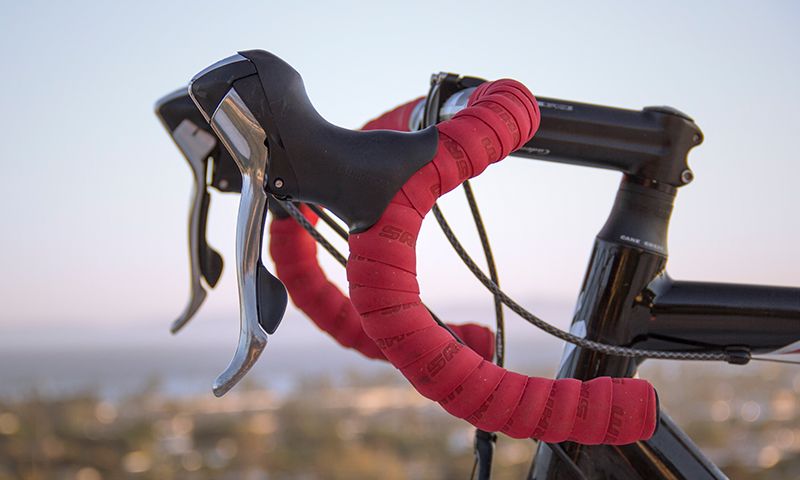
Just outside our gates, the all bike lovers’ dreams: a comfortable bike path that runs alongside the residence and leads to the two most vibrant and glamorous centers of the lake. Turning right you will reach Sarnico, lovely town renowned for shopping and nightlife. Turning left, you instead reach Iseo, “capital” of the lake, just as packed with designer boutiques, trendy bars and upscale restaurants. From Iseo you can go on a full day of riding, along a dedicated and safe path, touching the other villages of the Riviera of Olives: Sulzano, Sale Marasino, Marone. Just past this last, taking the spectacular foot/bike path of Vello, a picturesque route taken from the old coastal road, an unexpected world that has stopped in time opens up before you. Here you can ride in peace, caressed by a constant breeze, sheltered by steep cliffs and surrounded by totally natural vegetation and a priceless view of the lake. The tour ends in Toline, in the territory of Pisogne. For those wishing to bike less, you can also go by train, loading your bike.

From the town of Pilzone, hamlet of Iseo reachable from the residence by bicycle, the ancient Via Valeriana starts: thirty kilometers partially on gravel, partially on cobblestones that pilgrims used to take to travel to Vallecamonica. That’s why some experts believe that the correct name is actually Street Valleriana, with two “l”s (from “Valley”). It does not matter, what’s important is that today it offers an easy and scenic walk among olive trees, wildflower meadows, and green views of the lake up to Pisogne, the Lake’s last village before turning toward the Bergamo coast or going to the Camunian mountains. Along the ancient and expertly restored road of Roman origin, marked and equipped, you will pass farms, romantic houses, still intact rural villages such as those of Maspiano and Tassano, sanctuaries (mandatory stop in Gandizzano, with its rare wooden statue of the pregnant Virgin Mary), isolated churches, newsstands, votive chapels and even an old mill in the village of Marasino. Valeriana reaches its highest point at the Zone Cross (903 meters), in the woods above Marone. After following the lake hillside, it climbs up to reveal some of the “secret” jewels of the Lake: the hermitage of San Pietro in vinculis, the natural reserve of the earth pyramids (here called “fairies of the woods”), the fifteenth-century frescoed church (also externally) of San Giorgio a Cislano and paleontological site of the footprints of Triassic archosaurs. The last stage of the walk in the footsteps of the ancient Romans is indeed Pisogne. At the edge of the old town, the church of St. Mary of the Snow, painted by none other than Romanino. Valeriana can be travelled on foot or by mountain bike.
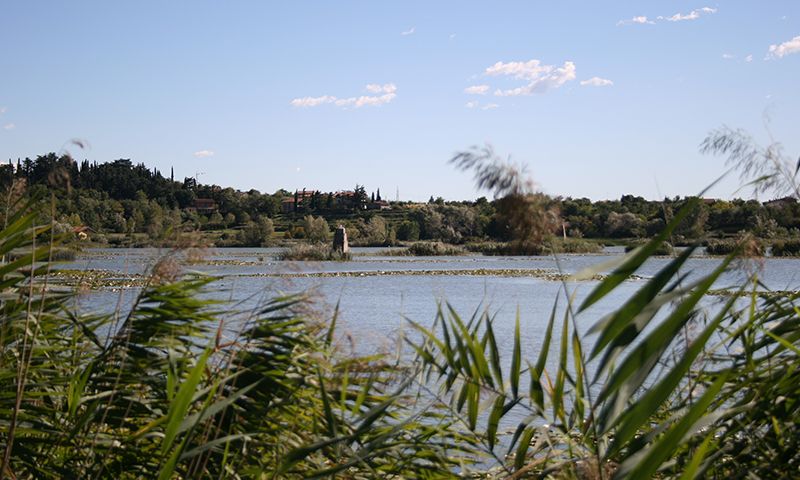
Between Clusane and Iseois the miracle of the peat bogs. Now a nature reserve considered a “wetland of international importance” and priority area for biodiversity in the Lombard Po Valley, at is above all a natural masterpiece. It has amazing views, to be admired and not damaged. Where once people only obeyed the law of economy and peat was extracted, today while visiting the park you must adhere scrupulously to rules in order to protect this unique and fragile habitat. A dedicated pedestrian path leads to the discovery of the most beautiful and moving views of what are known as the water blades. Seen from the top, the landscape is in fact designed as a group of shiny natural pools formed by reeds and natural vegetation. Along walkways, paths, and bridges you can stroll while forgetting the outside world, penetrating a silence broken only by the birds that live here: purple heron, marsh harrier, black kite, bittern, hen harrier, ferruginous duck, mute swan, cormorant, gray heron, warbler and many more… The visitor is surrounded by ponds with apparently still waters, where instead live pikes, perches, bleaks, carps, tenches, eels and catfishes. From the point of view of vegetation, peat extraction in the last few centuries has greatly altered the original habitat, but had the advantage of encouraging the emergence of micro-environments that form a kind of “ecological mosaic” of great charm and value, which enlivens the typical proliferation of straws and bulrushes. At a certain point, going towards Provaglio, there’s the sudden reappearance of the sign of man: the Cluniac monastery of San Pietro in Lamosa. Elegant and discreet, richly frescoed, it has watched over the water blades for centuries (the first sources can be traced back to around the year 1000).
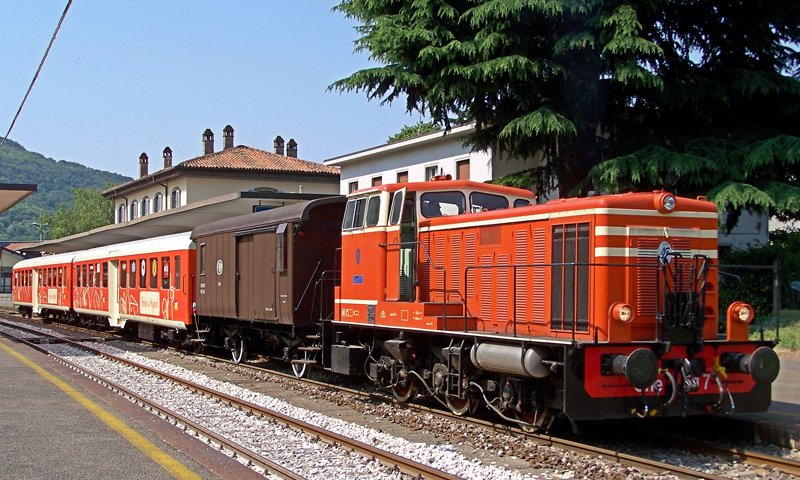
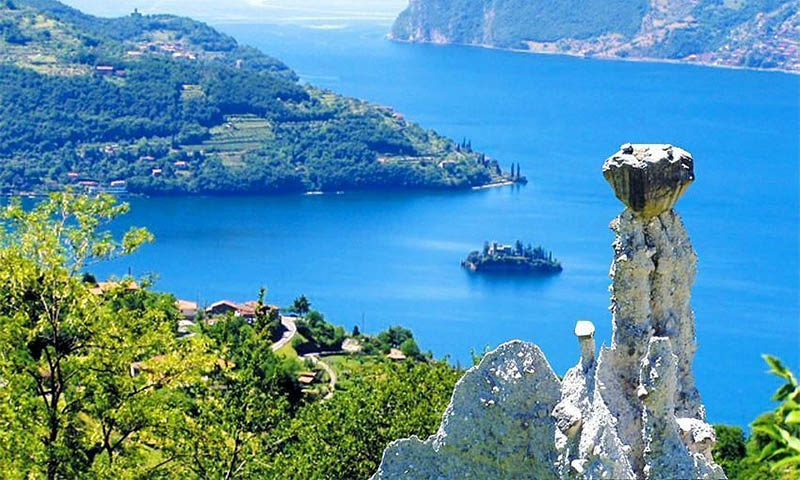
The pyramids of Zone are one of the most enchanting expression of nature around Lake Iseo.
Inaugurated in 1984, it is named after the particular shape that the deposit of glacial sand, boulders and pebbles has acquired over the centuries, turning into stretches of rock up to 30 meters high, with large boulders lying on top of them, serving as protective shields. To increase this protective action, a film consisting of insoluble clay, which is transported from the water along the sides of the structure, surrounds the pyramid of earth. The erosion process, generated by the atmospheric agents, is continuous and visible within a few tens of years. The Reserve stretches over an area of about 21 hectares, at an altitude of between 400 and 600 meters above sea level. Inside, there is a circular route of medium difficulty, not recommended for families with very young children and the elderly who are not accustomed to hiking. Some explanatory signs have been placed along the trail, which give information to visitors about the natural phenomenon of the earth pyramids and the characteristics of the territory that hosts them.
Near the entrance, it is worth visiting the church of Saint George, with the fresco outside of him slaying the dragon.
The reserve is always open to visitors all year round and access is free of charge.
Avoid periods of rain and snow that make the path rather dangerous and the hottest hours during summer days.
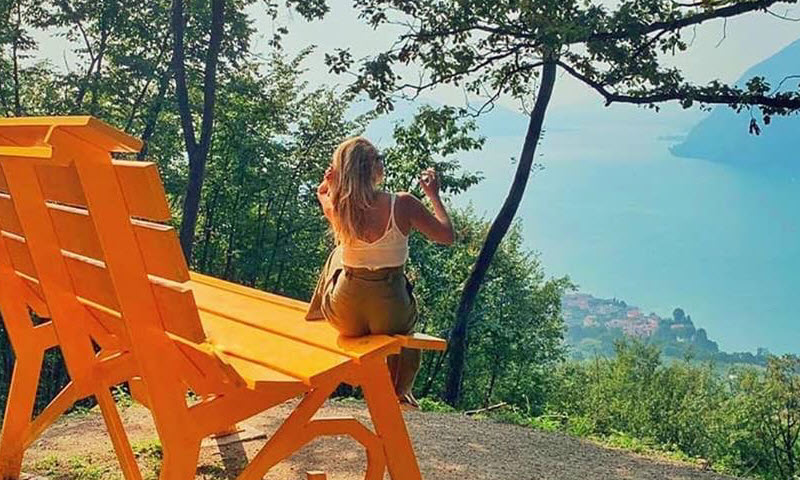
Sale Marasino Big Bench is a giant orange bench, 2 meters high, 3.5 wide and 3 quintals heavy, located in Maspiano – Sale Marasino from where it is possible to join a wonderful view on Lake Iseo.
How to get there:
Starting from the main roundabout in Sale Marasino follow the direction of Maspiano. Once reached the church of Saint Jakob in Maspiano, left it on your right and continue on the road following the orange signage for the “Panchina Gigante”. Underpass the upper highway and continue on the road till a path into the wood. From there it is possible to reach the big bench in 10 minutes.
 Italiano
Italiano English
English Deutsch
Deutsch
